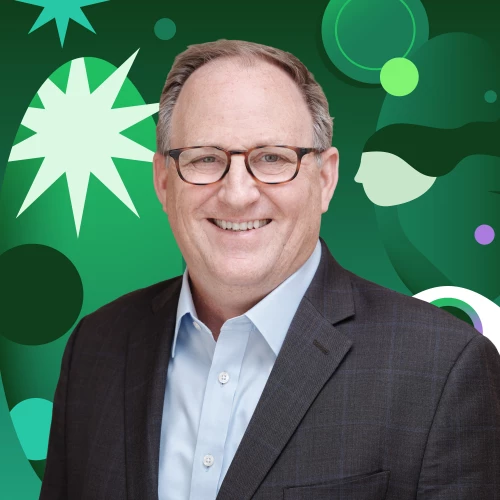LISTEN TO THE TRAILER:
FOLLOW ON:
APPLE PODCASTS | SPOTIFY | AMAZON MUSIC | OTHER PLATFORMS | ACCESS OUR RSS FEED
Featured Episode
How BCG Is Rewriting Its Talent Playbook in the Age of AI
What happens when AI meets your most human processes like hiring, feedback, and development? Alicia Pittman, BCG’s global people chair, shares how the firm uses AI to amplify human strengths, not replace them. From building trust to rethinking management roles, she offers a roadmap for leaders navigating AI-powered change.
LISTEN ON APPLE PODCASTS
LISTEN ON SPOTIFY
LISTEN ON OTHER PLATFORMS
DOWNLOAD TRANSCRIPT
LISTEN ON APPLE PODCASTS
LISTEN ON SPOTIFY
LISTEN ON OTHER PLATFORMS
DOWNLOAD TRANSCRIPT

Discover BCG's Growing Podcast Universe
BCG has a full suite of podcasts covering a wide range of topics in business, technology, economics, and society. Take your pick: artificial intelligence, women in technology, the latest trends in business strategy, the future of the metaverse, and more.
Recent Episodes

What Sweatpants Can Teach Us about Generational Differences and Segmentation
BCG's Justin Vincent explains how a sharper focus can drive results for consumer brands amid slowing growth.

What’s Next in Medtech Matters to Us All
BCG’s Vikram Aggarwal explores why medtech needs more than better devices—and how leaders can unlock the next generation of innovation.

Your Next Business Move Should Be in Orbit
BCG’s Troy Thomas reveals how space tech is transforming business and why leaders should take notice.

The Button That Broke the Internet (and Built It Too)
BCG’s Martin Reeves explores how a small digital icon reshaped innovation, business, and regulation.
Must Listen Episodes

AI Agents: The Truth Behind the Hype
BCG’s Nicolas De Bellefonds breaks down what AI agents really are—and why most companies are missing the point.

Navigating the New World of Tariffs and Trade
BCG’s Marc Gilbert and Michael McAdoo explore how companies can prepare amid shifting trade dynamics.

Does Your Business Know Where Its Money Is Going?
BCG’s Karin von Funck explains how to make cost transformation work for organizations, not against them.

AI Can Build Your Next Business—If You Think Bigger
BCG’s Beth Viner discusses how companies can use AI to invent, not just optimize.
Meet Our Host
Georgie Frost is an award-winning freelance finance broadcaster and journalist. She began her career as a sports journalist at the Guardian Media Group before hosting sports shows on BBC Radio. In 2014, she created a daily finance-based talk radio show on Share Radio, winning honors as the financial broadcaster of the year and as one of the top five best new presenters in the UK at the APA Awards. She has written for the Financial Times, the Sunday Times, and the Daily Mail and appeared as a sports and financial commentator in national newspapers as well as on ITV, Sky Sports Mix, and BBC One. She has written and hosted the Daily Mail’s “This is Money” podcast for the past ten years.




